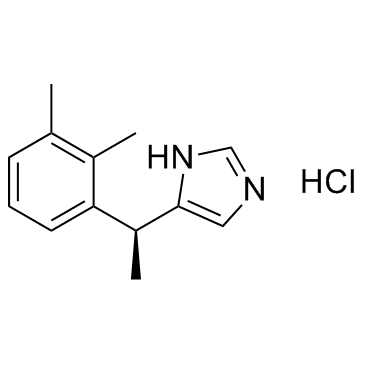Trained vs untrained evaluator assessment of body condition score as a predictor of percent body fat in adult cats.
Anna K Shoveller, Joe DiGennaro, Cynthia Lanman, Dawn Spangler
文献索引:J. Feline Med. Surg. 16(12) , 957-65, (2014)
全文:HTML全文
摘要
Body condition scoring (BCS) provides a readily available technique that can be used by both veterinary professionals and owners to assess the body condition of cats, and diagnose overweight or underweight conditions. The objective of this study was to evaluate a five-point BCS system with half-point delineations using dual-energy x-ray absorptiometry (DXA). Four evaluators (a veterinarian, veterinary technician, trained scorer and untrained scorer) assessed 133 neutered adult cats. For all scorers, BCS score was more strongly correlated with percent body fat than with body weight. Percent body fat increased by approximately 7% within each step increase in BCS. The veterinarian had the strongest correlation coefficient between BCS and percent fat (r = 0.80). Mean body fat in cats classified as being in ideal body condition was 12 and 19%, for 3.0 and 3.5 BCS, respectively. Within BCS category, male cats were significantly heavier in body weight than females within the same assigned BCS category. However, DXA-measured percent body fat did not differ significantly between male and female cats within BCS category, as assigned by the veterinarian (P >0.13). Conversely, when assessed by others, mean percent body fat within BCS category was lower in males than females for cats classified as being overweight (BCS >4.0). The results of this study show that using a BCS system that has been validated within a range of normal weight to moderately overweight cats can help to differentiate between lean cats and cats that may not be excessively overweight, but that still carry a higher proportion of body fat. © ISFM and AAFP 2014.
相关化合物
| 结构式 | 名称/CAS号 | 分子式 | 全部文献 |
|---|---|---|---|
 |
盐酸右美托咪啶
CAS:145108-58-3 |
C13H17ClN2 |
|
Effect of corneal contact lens wear on healing time and comf...
2015-09-01 [Vet. Ophthalmol. 18 , 364-70, (2015)] |
|
Repeated exposure to MDMA triggers long-term plasticity of n...
2014-07-01 [Mol. Psychiatry 19(7) , 823-33, (2014)] |
|
Optimized on-line enantioselective capillary electrophoretic...
2015-06-01 [Electrophoresis 36 , 1349-57, (2015)] |
|
Pharmacokinetics and pharmacodynamics of intravenous dexmede...
2015-02-01 [J. Vet. Pharmacol. Ther. 38(1) , 15-23, (2015)] |
|
The effects of taurine on vigabatrin, high light intensity a...
2015-01-01 [Exp. Toxicol. Pathol. 67(1) , 13-20, (2014)] |